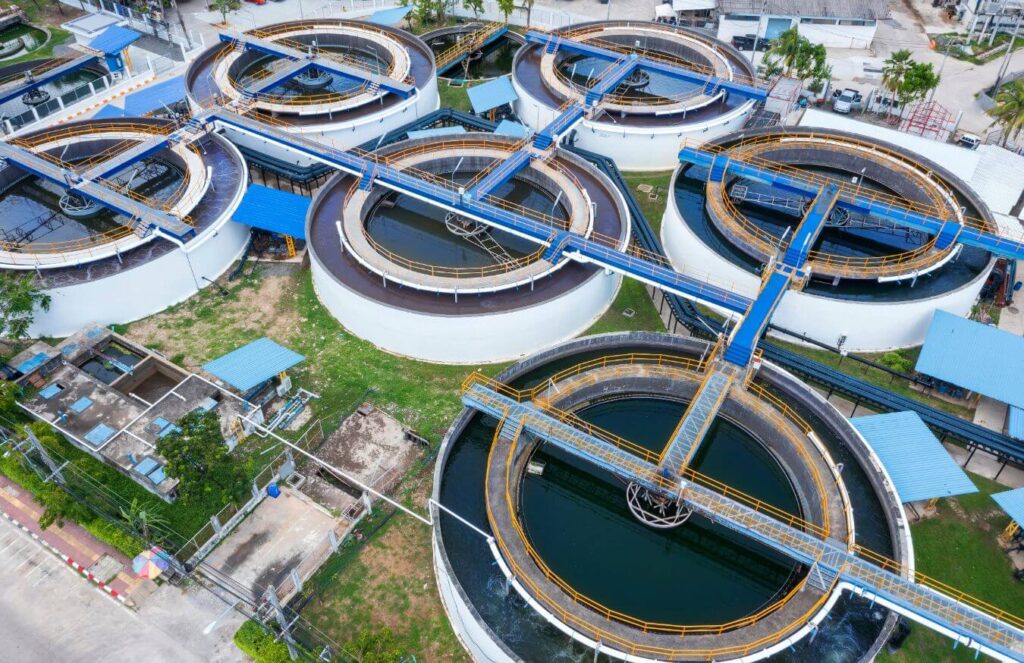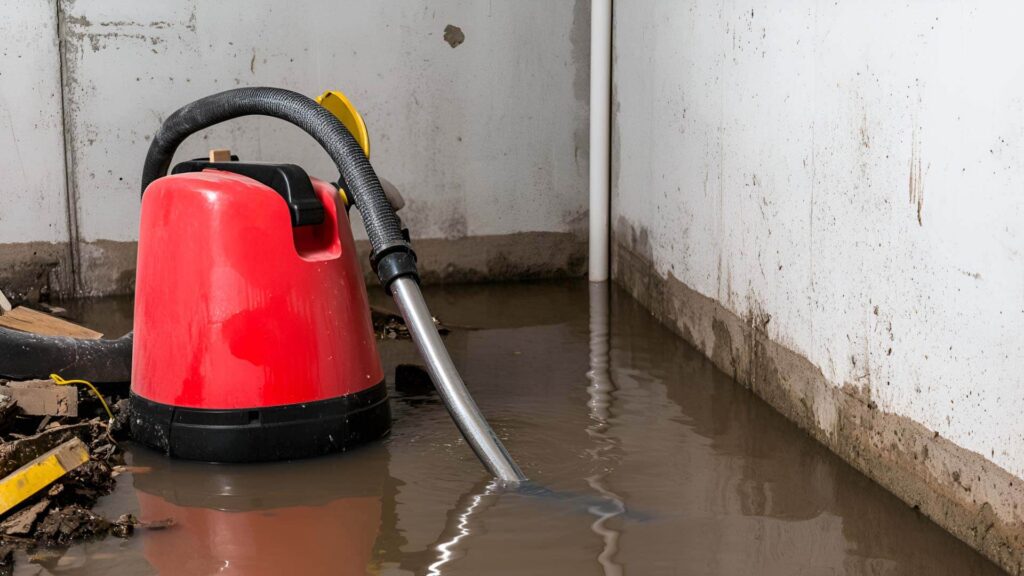Sludge management is a vital component of effective wastewater treatment. As wastewater is processed, it generates large volumes of sludge that must be properly managed to maintain plant performance and comply with environmental regulations. Efficient sludge handling is essential not only for compliance but also for reducing operational costs and minimizing the environmental impact of treatment operations.
To address these needs, treatment facilities are increasingly adopting advanced sludge dewatering equipment. These systems are designed to remove excess water from sludge, significantly reducing its volume and weight. This reduction streamlines transportation, lowers disposal costs, and improves overall plant efficiency.
Alongside stationary systems, mobile dewatering equipment has emerged as a practical solution for facilities with temporary, remote, or emergency sludge management needs. These portable units provide on-site dewatering without the need for permanent infrastructure. In this blog, we’ll explore how sludge dewatering equipment, including mobile dewatering equipment, enhances wastewater treatment by improving efficiency, lowering costs, and supporting environmental goals.
Understanding Sludge in Wastewater Treatment
In wastewater treatment, sludge is the residual semi-solid material generated during the physical, chemical, and biological processes used to clean water. While water can be effectively treated and discharged, sludge presents a significant challenge due to its volume, weight, and high moisture content. Understanding the characteristics and types of sludge is essential for selecting the right treatment and disposal strategies.
There are three primary types of sludge found in treatment facilities. Primary sludge is produced from the settling of solids during the initial treatment stages. Secondary sludge (also known as biological sludge) is generated during the biological treatment process. Digested sludge is the result of anaerobic or aerobic digestion, a process that stabilizes organic matter and reduces the presence of pathogens.
One of the biggest issues with untreated sludge is its high water content, which is often 95% or more. This excessive moisture makes sludge difficult and expensive to transport, store, or dispose of. Without proper treatment, it also poses environmental and health risks. That’s where sludge dewatering equipment becomes essential.
By removing excess water, sludge dewatering equipment significantly reduces the total volume of sludge. This makes it easier to handle, lowers disposal costs, and improves the efficiency of subsequent treatment steps such as drying, incineration, or land application. In addition to fixed installations, many facilities now rely on mobile dewatering equipment for processing sludge at remote or temporary locations. These systems are particularly useful during peak flow conditions, plant maintenance, or in areas where permanent infrastructure is not feasible.
The portability and adaptability of mobile dewatering equipment make it an excellent complement to stationary systems. Whether addressing emergency overflow conditions or servicing smaller treatment facilities, these units ensure consistent and efficient sludge handling. When integrated into an overall treatment strategy, both fixed and mobile solutions play a critical role in maintaining compliance and operational efficiency.
In summary, effective sludge management begins with understanding the characteristics of sludge and ends with the implementation of reliable sludge dewatering equipment designed to meet specific processing needs.
What Is Sludge Dewatering Equipment?
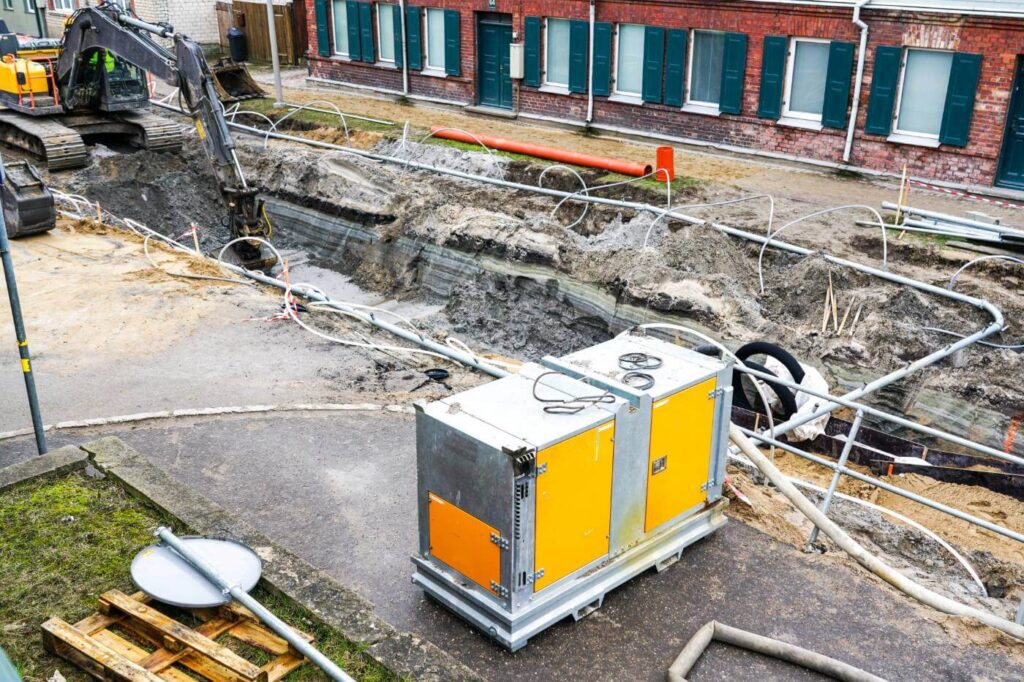
Sludge dewatering equipment is a specialized category of machinery used in wastewater treatment to separate solids from liquids in sludge. This equipment reduces the moisture content of sludge, transforming it from a slurry-like consistency into a drier, more manageable material. The dewatering process is a critical step before sludge is disposed of, reused, or further processed, as it significantly reduces volume, weight, and handling costs.
The primary function of sludge dewatering equipment is simple: isolate as much water as possible from the solid components of the sludge. The separation process is mechanical and does not typically involve the use of chemicals, making it both efficient and environmentally friendly. Decreasing water content enables more cost-effective transportation and disposal while improving the performance of subsequent treatment or reuse processes.
There are several types of sludge dewatering equipment commonly used in municipal and industrial wastewater treatment facilities. These include centrifuges, which use high-speed rotation to separate solids; belt filter presses, which compress sludge between moving belts; screw presses, which apply pressure through a rotating screw mechanism; and geotextile dewatering bags, which use filtration fabric to drain water from sludge passively. Each type has its advantages, depending on the nature of the sludge, the required dryness, and the plant size.
Modern sludge dewatering equipment often incorporates advanced automation and control systems. These systems enable real-time monitoring, process optimization, and enhanced energy efficiency. Operators can adjust parameters such as feed rate, pressure, and cycle time to maintain consistent performance and respond to changes in sludge composition.
In recent years, mobile dewatering equipment has gained popularity due to its flexibility and convenience. These units are designed for on-site use and are particularly valuable in remote locations or during temporary projects, maintenance shutdowns, or emergency conditions. Mobile dewatering equipment provides all the functionality of fixed systems without requiring permanent installation.
Overall, investing in reliable and well-matched sludge dewatering equipment is crucial for any facility seeking to optimize wastewater treatment, minimize costs, and ensure regulatory compliance.
The Role of Mobile Dewatering Equipment
While permanent sludge dewatering systems are common in larger treatment facilities, there are many scenarios where mobile dewatering equipment offers a more practical and cost-effective alternative. Mobile units are self-contained systems mounted on trailers or skids that perform the same essential functions as stationary sludge dewatering equipment: separating water from sludge to reduce volume and improve handling. What sets mobile systems apart is their portability and ability to be quickly deployed wherever and whenever they’re needed.
Unlike fixed installations, which require significant infrastructure, space, and capital investment, mobile dewatering equipment is designed for flexibility and ease of setup. These units can be transported to remote job sites, temporary treatment zones, or facilities experiencing a short-term increase in sludge volume. They are especially useful during plant maintenance shutdowns, natural disasters, or emergency overflows when rapid sludge processing is critical to avoid environmental or regulatory issues.
The applications of mobile dewatering equipment are vast. It is commonly used by municipalities that manage multiple smaller treatment plants, by industrial sites during scheduled downtime, and by contractors offering temporary sludge management services. These systems are also beneficial in seasonal operations such as agricultural waste treatment or dredging projects, where installing permanent equipment isn’t justified.
From a financial perspective, mobile systems require a lower capital investment compared to installing full-scale, fixed sludge dewatering equipment. They also help reduce long-term operational costs by minimizing equipment redundancy and allowing shared use across different sites or departments. Additionally, mobile units provide scalability—operators can deploy additional units as needed without disrupting existing operations.
For facilities looking to enhance operational agility, mobile dewatering equipment serves as a versatile tool that complements permanent sludge dewatering equipment. Together, they provide a complete solution capable of meeting both planned and unforeseen sludge treatment needs. Whether for bridging capacity gaps or handling remote tasks, mobile systems play a vital role in modern sludge management strategies by delivering flexibility, efficiency, and cost control.
Integration With Other Wastewater Treatment Systems
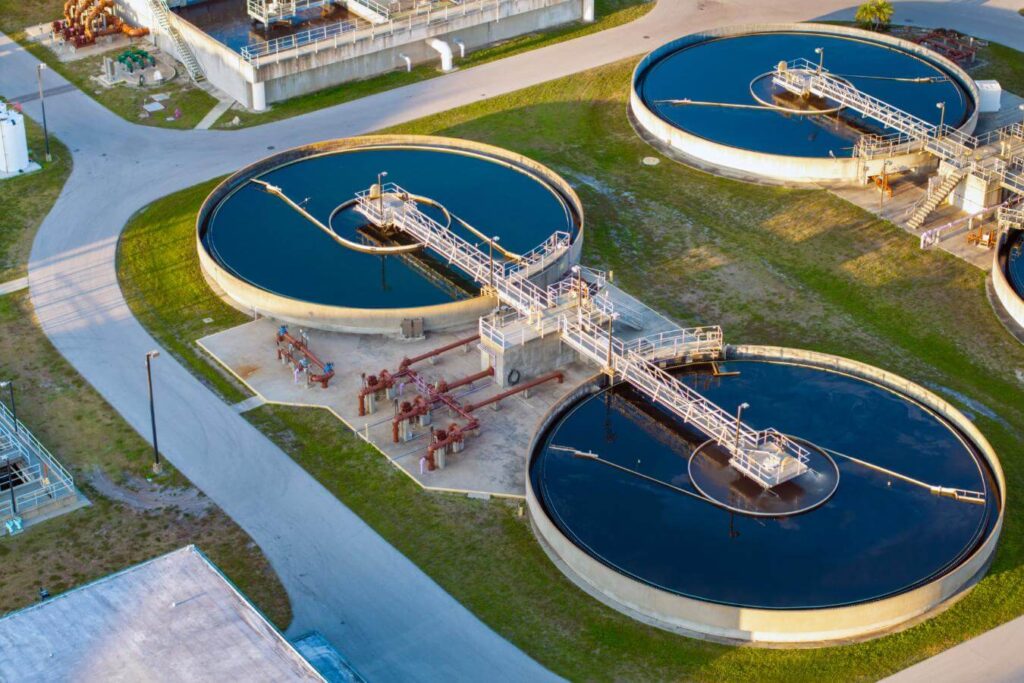
Sludge management is not a standalone process—it’s a key component of the broader wastewater treatment cycle. For maximum efficiency, sludge dewatering equipment must be properly integrated with other essential systems such as clarifiers, digesters, and drying beds. This integration ensures that sludge flows seamlessly from one stage to the next, minimizing handling time, reducing energy consumption, and enhancing overall plant performance.
Clarifiers play an important role in the primary and secondary treatment phases by settling out solids from the wastewater stream. The resulting sludge is then directed to sludge dewatering equipment for the removal of moisture. If the dewatering system is not aligned with the clarifier’s output capacity, bottlenecks can occur, resulting in delays or overflows. Synchronizing sludge removal and dewatering processes prevents these issues and maintains continuous plant operation.
In many facilities, sludge undergoes biological stabilization in either anaerobic or aerobic digesters before being dewatered. Digesters reduce the volume of organic material and lower pathogen levels, making the sludge more suitable for further processing or disposal. Properly designed connections between digesters and sludge dewatering equipment enable the efficient transfer and processing of stabilized sludge without requiring manual intervention or excessive pumping.
Once the sludge has been processed through the dewatering system, the remaining solids can be further dried using drying beds or thermal dryers. This post-dewatering step further reduces the moisture content, particularly when the final product is intended for land application, composting, or incineration. Sludge dewatering equipment serves as a crucial bridge between digestion and drying, significantly reducing the water content before these final steps.
An integrated design approach that considers the flow and compatibility between treatment stages helps improve efficiency, reduce labor costs, and ensure regulatory compliance. When sludge dewatering equipment is properly matched and timed with the rest of the system, plants experience fewer operational disruptions and more consistent output quality.
Ultimately, successful wastewater treatment relies on the smooth coordination of all systems, and sludge dewatering equipment plays a central role in that equation. Its performance directly impacts the effectiveness and economics of the entire sludge treatment process.
Choosing the Right Sludge Dewatering Solution
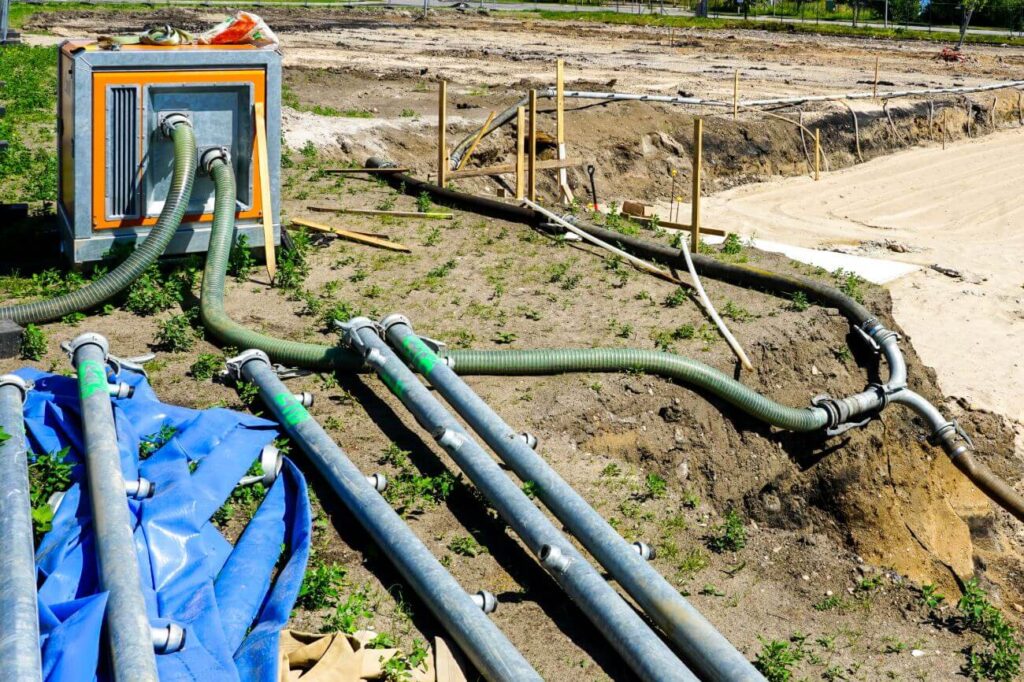
Selecting the right sludge dewatering equipment is essential for optimizing wastewater treatment performance, minimizing costs, and ensuring long-term operational reliability. With numerous technologies and configurations available, the ideal solution depends on several key factors, including sludge characteristics, facility requirements, and project objectives.
The first consideration is sludge type. Different kinds of sludge—such as primary, secondary, or digested—have varying consistencies and water content. Some may contain higher concentrations of fibrous material or grease, which can impact the performance of certain dewatering technologies. Matching the type of sludge with the appropriate sludge dewatering equipment ensures better efficiency, less wear and tear, and more predictable results.
Next, assess treatment capacity and plant throughput. Smaller facilities may not require large, fixed installations, while high-volume operations need systems capable of continuous processing. For plants with space constraints or those needing temporary solutions, mobile dewatering units offer significant advantages. These portable systems perform many of the same functions as fixed units but require less space, lower capital investment, and can be relocated as needed. However, facilities with consistent, high-volume sludge production may benefit more from permanently installed sludge dewatering equipment.
Budget is also a key factor. While upfront costs for fixed systems can be high, they often offer long-term savings through automation and energy efficiency. On the other hand, mobile systems offer lower startup costs and excellent flexibility, particularly for short-term projects or facilities that anticipate growth or changes in sludge volume.
Another vital consideration is vendor support. Reliable sludge dewatering equipment providers offer more than just hardware—they deliver comprehensive solutions, including maintenance services, spare parts, training, and system customization. This ongoing support helps minimize downtime, optimize system performance, and extend the equipment’s lifespan.
In summary, choosing the right sludge dewatering equipment involves more than just picking a machine. It requires a strategic assessment of your sludge profile, processing volume, physical space, and long-term goals. By carefully evaluating these factors and partnering with an experienced provider, treatment facilities can implement a solution that delivers efficiency, reliability, and compliance for years to come.
Conclusion
Sludge dewatering equipment plays a pivotal role in improving the efficiency, reliability, and cost-effectiveness of wastewater treatment operations. By significantly reducing sludge volume and moisture content, it streamlines handling, lowers transportation and disposal costs, and enhances compliance with environmental regulations. Whether integrated into a large municipal facility or a compact industrial plant, modern dewatering systems play a direct role in operational success.
Mobile dewatering equipment, in particular, offers a flexible and scalable solution for facilities with variable processing needs or limited infrastructure. Its portability and rapid deployment capabilities make it ideal for temporary projects, emergency scenarios, or sites requiring decentralized treatment solutions.
As the demands on wastewater treatment plants continue to evolve, investing in the right dewatering technology is more important than ever. Carefully evaluating your plant’s specific needs and choosing the appropriate sludge dewatering equipment can lead to long-term savings, increased capacity, and more sustainable operations across the board.

